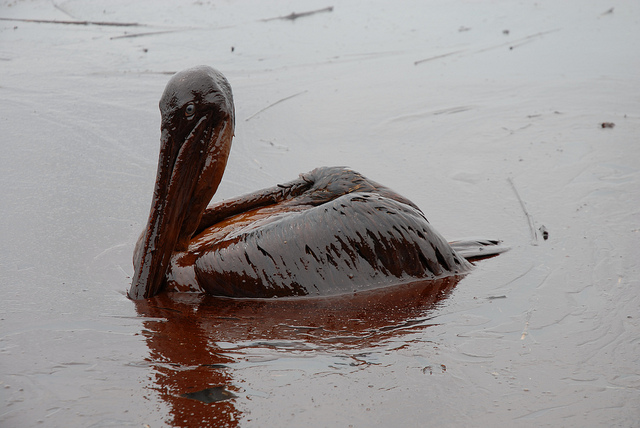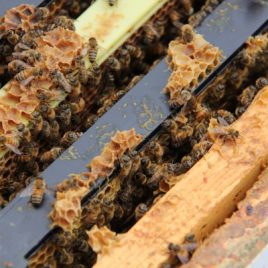
Oiled pelicans came onshore in Louisiana in 2007. (Image by Louisiana GOHSEP via Flickr CC BY 2.0 SA)
Even the smallest amount of oil can disrupt the delicate mechanisms behind the flight of seabirds, a new study suggests. Crude oil on the feathers of waterfowl significantly increase the amount of energy the birds have to spend in order to fly, making the birds’ wings and bodies less aerodynamic. Researchers trained wild western sandpipers to fly in a wind tunnel, and analyzed energy expenditure after applying various amounts of crude oil onto the birds’ feathers. With less than 20% of the birds’ bodies covered in oil, the energy expenditures increased by 22%; that number increased to 45% when 10% more of the birds’ body surface area was oiled. Moreover, the more drastically oiled birds did not complete the full two hours of the flight test, attempting to land – a sign the bird is getting tired, according to the researchers. Such disruption of flying can do serious harm to such vital bird behaviours as migration, foraging and breeding.
Authors:
Ivan Maggini, Lisa V. Kennedy, Alexander Macmillan, Kyle H. Elliott, Karen Dean, Christopher G. Guglielmo
Lead author:
Ivan Maggini, Department of Biology, Advanced Facility for Avian Research, University of Western Ontario, London, ON, Email: imaggini@uwo.ca
Original paper published in the Journal of Experimental Biology in July 2017.

